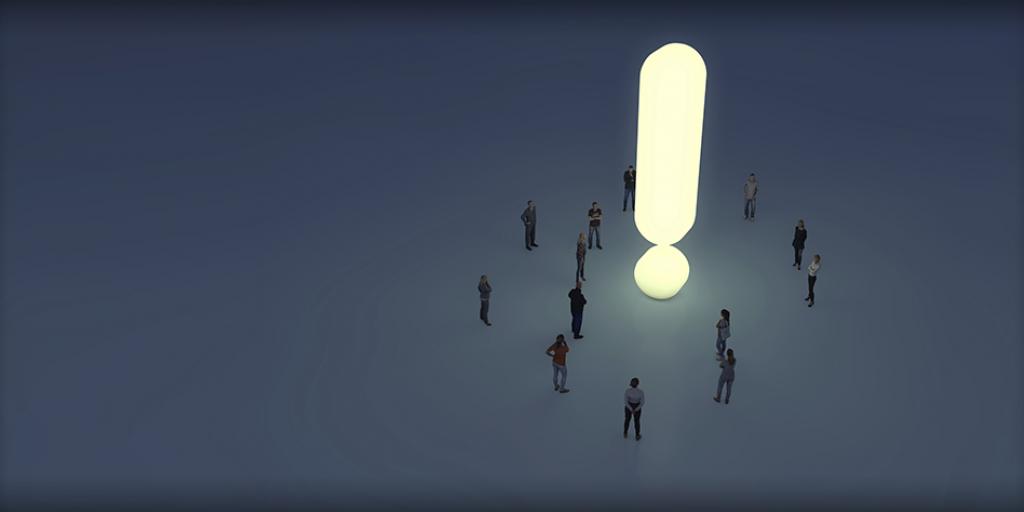
Other “aha moments”- 30 follows, 1 file upload, 2,000 messages-follow the same pattern: they emphasize simplicity over science.

Facebook's decision to define their “aha moment” in such simple terms suggests they weren't trying to optimize it to be precise as possible. One Facebook user might kind of like Facebook after becoming friends with 4 people and 20 days another might be addicted once they create 10 friendships in 2 hours.īut that's not a flaw- that's the point.

As a result, they shouldn't be viewed as scientific tipping points they're often round numbers picked in the middle of a range of possibilities. Like Gladwell's 10,000 hours, “aha moments” blend different experiences into a single number. Gladwell's 10,000 hours isn't a magic threshold it's a memorable average computed across a diverse set of people (and in Gladwell's case, across a small sample as well). What takes a talented person 2,000 hours might take a someone less talented 20,000. They said Gladwell understated the importance of innate skill or intelligence. The claim provided a simple, quantifiable path to success.Ĭritics argued that this was misleading. In his book Outliers, Malcolm Galdwell famously claimed that becoming an expert in a task requires 10,000 hours of practice.

"7 Friends in 10 Days"-Simplicity, not Science Like so many startups, we set out in search of our own “aha moment.” What we found was that “aha moments” are less about advanced analytics and more about simple math and strong messaging.

Twitter, Dropbox, and Zynga have all emphasized the importance of similar simple metrics and Slack, the current poster child for rapid growth, recently shared theirs. Most notably, Chamath Palihapitiya declared Facebook's “aha moment”-getting to 7 friends in 10 days-as Facebook's North Star on the path to 1 billion users. Many leading tech companies have promoted “aha moments”-the instant a user understands the value of their product-as a key to growth.


 0 kommentar(er)
0 kommentar(er)
